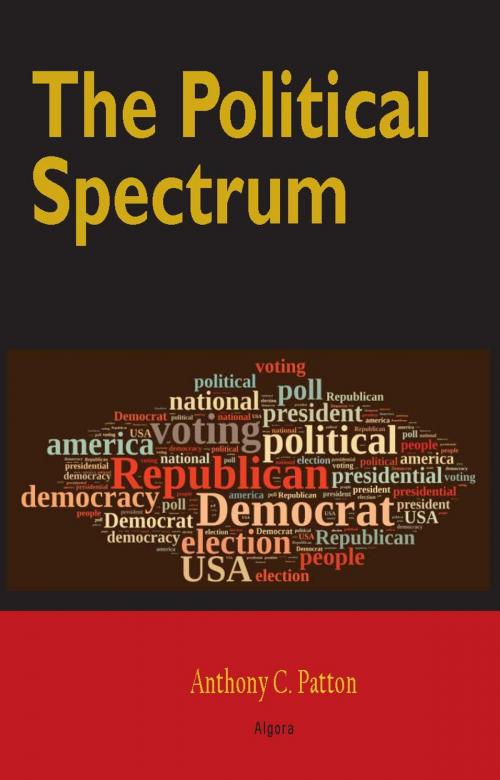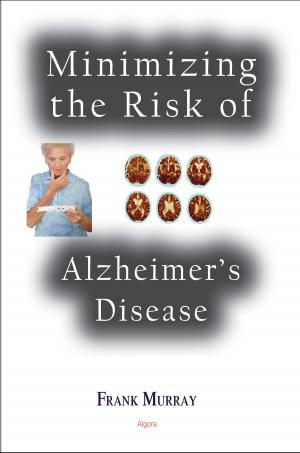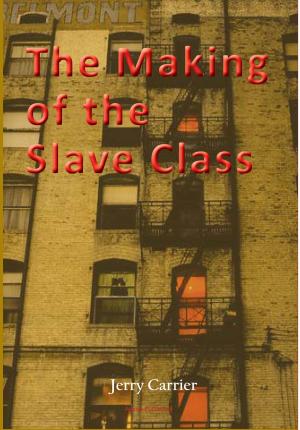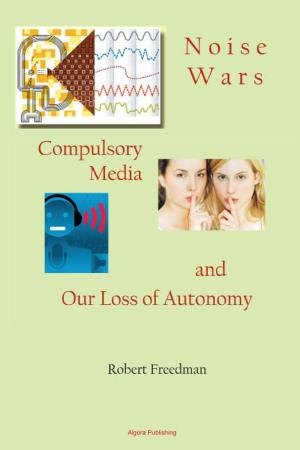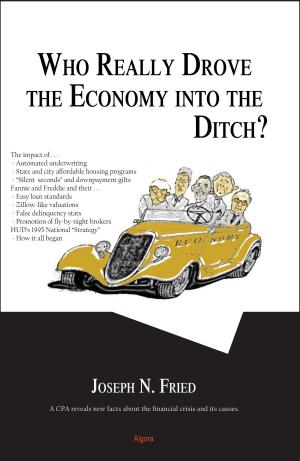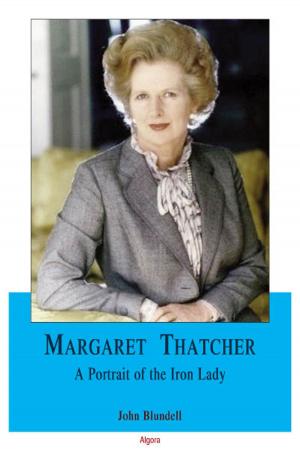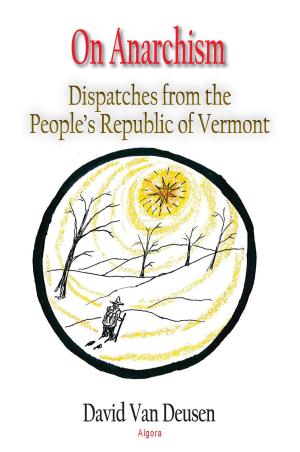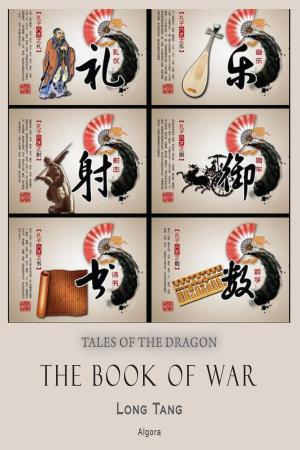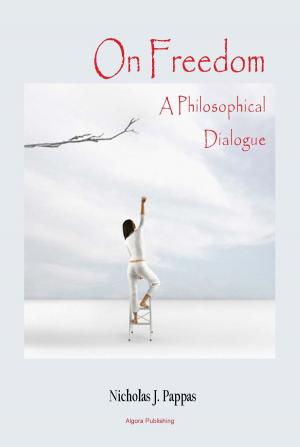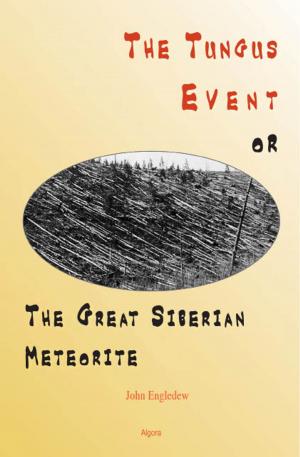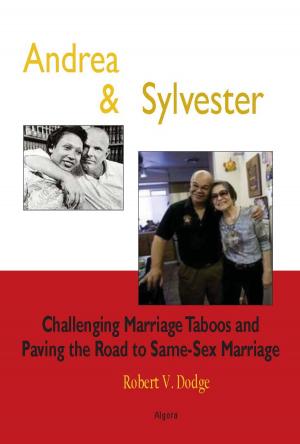| Author: | Anthony C. Patton | ISBN: | 9781628941708 |
| Publisher: | Algora Publishing | Publication: | January 5, 2015 |
| Imprint: | Algora Publishing | Language: | English |
| Author: | Anthony C. Patton |
| ISBN: | 9781628941708 |
| Publisher: | Algora Publishing |
| Publication: | January 5, 2015 |
| Imprint: | Algora Publishing |
| Language: | English |
'The Political Spectrum' sets out to identify the timeless, universal principles of political philosophy that shape how we live as a society, from democracy in Ancient Greece and the aristocracies of the Enlightenment to the tribal lands of Pakistan and the modern state that is the United States of America. Unlike most political philosophies that rest on traditional foundations such as rights, private property, or human nature, The Political Spectrum focuses on the fundamental ideas dividing the left and the right today to identify a rational middle ground. Tracing the most insightful ideas from great thinkers in the Western tradition, The Political Spectrum identifies two fundamental institutions that all societies must manage in a rational way in order to survive.Along the way, the book explores the tension between liberty and the individual’s duty to society and the proper roles of family and state. Basing the analysis on the four pillars of political philosophy—human nature, institutions, wealth, and justice—The Political Spectrum offers a vision for resolving the political divide in a way that promotes liberty and prosperity. What values do we need to promote for the overall wellbeing of mankind? Is there a "correct" position on the political spectrum that we imagine spanning from the far left to the far right? We all seem to have an intuitive grasp of what "left" and "right" or "progressive" and "conservative" mean, but most people would not agree on all the specifics. Can a conservative ever support the right of a woman to have an abortion? Can a liberal ever support the rights of a fetus? This book aims to bring some clarity to the left-right political spectrum, as well as to identify which point along the spectrum is best positioned to promote liberty and sustainable prosperity in a modern state. The author concludes that two essential principles would be a prohibition on deficit spending and upholding the sanctity of monogamous procreation.
'The Political Spectrum' sets out to identify the timeless, universal principles of political philosophy that shape how we live as a society, from democracy in Ancient Greece and the aristocracies of the Enlightenment to the tribal lands of Pakistan and the modern state that is the United States of America. Unlike most political philosophies that rest on traditional foundations such as rights, private property, or human nature, The Political Spectrum focuses on the fundamental ideas dividing the left and the right today to identify a rational middle ground. Tracing the most insightful ideas from great thinkers in the Western tradition, The Political Spectrum identifies two fundamental institutions that all societies must manage in a rational way in order to survive.Along the way, the book explores the tension between liberty and the individual’s duty to society and the proper roles of family and state. Basing the analysis on the four pillars of political philosophy—human nature, institutions, wealth, and justice—The Political Spectrum offers a vision for resolving the political divide in a way that promotes liberty and prosperity. What values do we need to promote for the overall wellbeing of mankind? Is there a "correct" position on the political spectrum that we imagine spanning from the far left to the far right? We all seem to have an intuitive grasp of what "left" and "right" or "progressive" and "conservative" mean, but most people would not agree on all the specifics. Can a conservative ever support the right of a woman to have an abortion? Can a liberal ever support the rights of a fetus? This book aims to bring some clarity to the left-right political spectrum, as well as to identify which point along the spectrum is best positioned to promote liberty and sustainable prosperity in a modern state. The author concludes that two essential principles would be a prohibition on deficit spending and upholding the sanctity of monogamous procreation.
